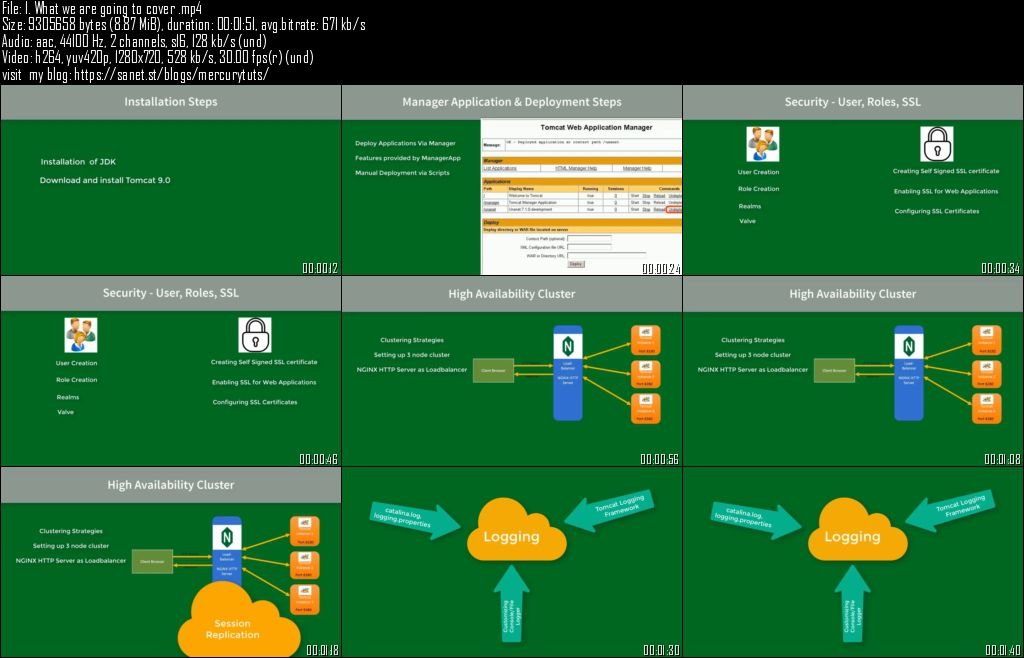


In my case ip address of my server is “192.168.43.9”Ĭlick on “ Manager App”, It will prompt us for the User name and password, specify the user’s credentials whatever we set in the file ‘ tomcat-users.xml‘ Open the web broswer type the following URL : Rule added You can skip this step if firewall is disabled on your server Step:6 Access Apache Tomcat 9 page from the Web Browser Use the below command to open 8080 port in Ubuntu 16.04 / 16.10 firewall. ~]# firewall-cmd -permanent -zone=public ~]# firewall-cmd ~]# shutdown.shĪs we know by default tomcat runs on 8080 port so in case firewall is running on your Linux box then set the following rule to open 8080 port on CentOS 7.x and RHEL 7.x. To shutdown the tomcat service use below command bin]#. Run the beneath commands one after the another to start tomcat service. " roles="admin-gui" /> Step:5 Start Tomcat Service So to grant access to the users add the following lines in the file “/ opt/tomcat/conf/tomcat-users.xml” just above tag ~]# tar -zxpvf apache-tomcat-9.0.0. -C ~]# cd opt]# mv apache-tomcat-9.0.0. tomcatīefore starting the Tomcat Service let’’s first set the required CATALINA_HOME environment variable using below commands : ~]# echo "export CATALINA_HOME='/opt/tomcat/'" > ~]# source ~]# Step:4 Specify the Users for Manager GUI Page and Admin Page Access.īy default no user or account is allowed to access Manager GUI Page and Admin Page. Run the beneath tar command to extract Apache tomcat 9 under the /opt folder.
#Apache tomcat 9.0 64 download#
We can download Apache tomcat 9 tar.gz either from its official Web site or using wget command from the terminal.ĭownloading Tomcat from the terminal ~]# wget Step:3 Extract the downloaded file and set CATALINA_HOME variable OpenJDK 64-Bit Server VM (build 25.91-b14, mixed Step:2 Download the Apache Tomcat 9 tar.gz file
#Apache tomcat 9.0 64 install#
Java 8 is also available in Ubuntu 16.04/16.10 apt repositories, run the following apt command to install Java 8 sudo apt sudo apt install openjdk-8* OpenJDK Runtime Environment (build 1.8.0_101-b13) Modify the paths as necessary if none default installation paths were used for NRE, JRE, or NetWorker.Run the beneath command to check Java version : ~]# java -version Note: In the examples shown above, default installation paths were used. Using CLASSPATH: "C:\Program Files\EMC NetWorker\nsr\authc-server\tomcat\bin\bootstrap.jar C:\Program Files\EMC NetWorker\nsr\authc-server\tomcat\bin\tomcat-juli.jar" Using CATALINA_TMPDIR: "C:\Program Files\EMC NetWorker\nsr\authc-server\tomcat\temp" Using CATALINA_HOME: "C:\Program Files\EMC NetWorker\nsr\authc-server\tomcat" Using CATALINA_BASE: "C:\Program Files\EMC NetWorker\nsr\authc-server\tomcat" Run: version.bat C:\Program Files\EMC NetWorker\nsr\authc-server\tomcat\bin>version.bat If the variable was newly created, you must open a new command prompt to pick up the variable, run:Ĭd "C:\Program Files\EMC NetWorker\nsr\authc-server\tomcat\bin"Ĥ. If nothing is returned, open the system properties, and create the environment variable to identify your JRE instance:ģ. Ensure JAVA_HOME environment variable is set: echo %JAVA_HOME%Ģ.


 0 kommentar(er)
0 kommentar(er)
